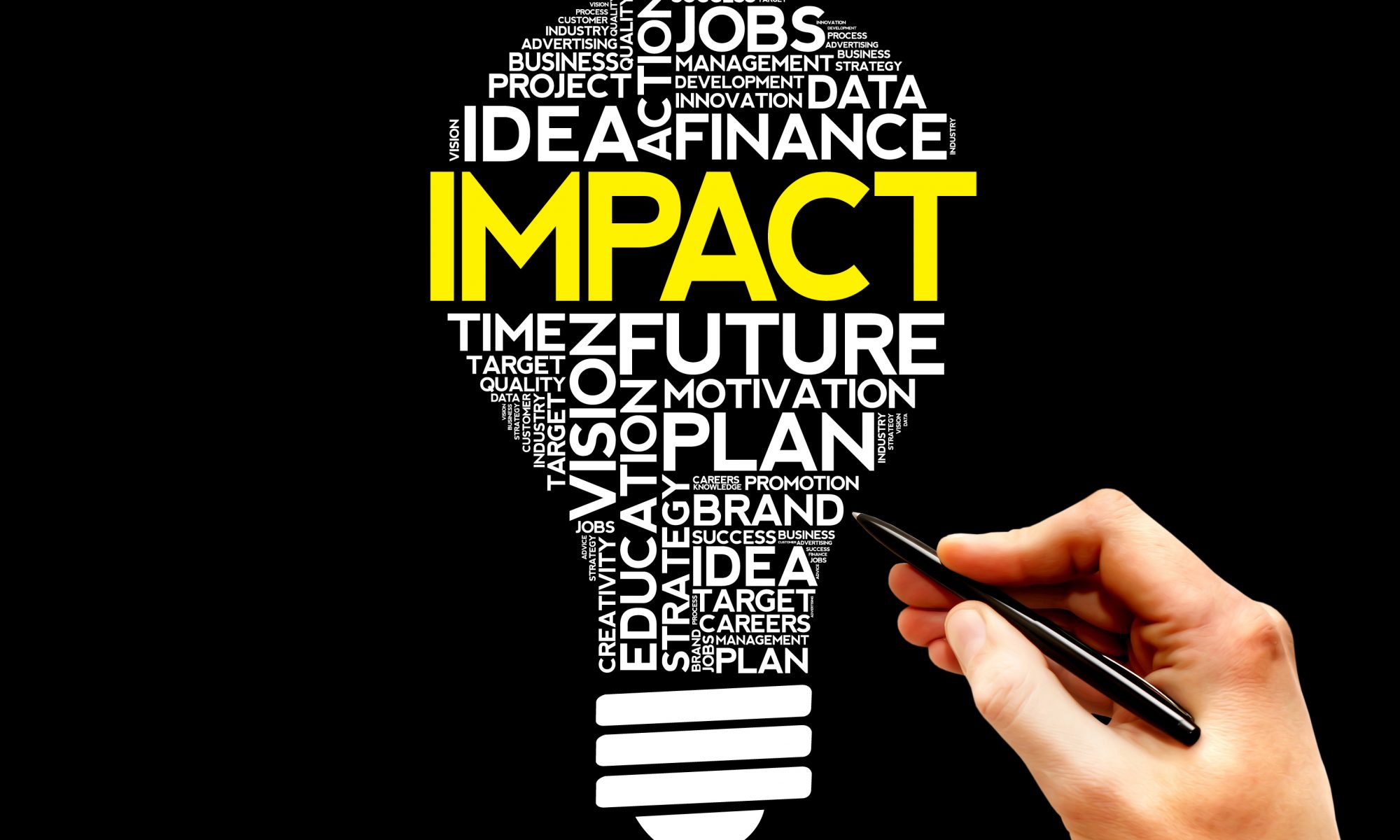The Right Talent as a Catalyst for Innovation and Impact
Over the last few weeks, I’ve written about the strategic risks leaders must address to thrive in a competitive environment. Recently, I’ve discussed the importance of creating and sustaining a positive culture that helps drive innovation and change.
Critical to creating and sustaining the right culture is the sourcing, finding, and cultivating the right talent is another key catalyst for driving innovation and impact.
Our people are our most strategic resource. We have just implemented a new Human Capital Management system, as employing state-of-the-art technology around talent acquisition and management is critical to recruiting and retaining top notch staff.
The ability to recruit top talent stems from being known as a premier employer and building relationships with feeder institutions such as business, universities and local chambers. And with that we have developed a description of the DNA of those who are successful in The Fedcap Group.
- Passionate: They are driven to create/identify and resource the most effective ways to solve problems for people with barriers.
- Informed: They are current within their respective fields.
- Credible: When they speak, people listen because of their depth of knowledge and expertise.
- Smart and Fast: They can see the end result and take quick, thoughtful and decisive action.
- Creative: They generate innovative and often unexpected answers to difficult problems.
- Curious: They thrive on new information and opportunities.
- Dedicated: They run a continuous campaign to advance the position of The Fedcap Group and the people we serve.
- Understands the concept of “Good to Great”: They constantly look for opportunities to improve the work of The Fedcap Group, searching for best-in-class practices–not reinventing the wheel.
- Flexible: They are able and willing to do whatever it takes to get the job done.
- Fun: They take their work seriously, but not themselves.
Once recruited, the interview process demands its own structure and expertise. When hiring for top positions in the agency, I ensure they spend time with every key leader. I invite them to one of our “Corp Weeks” – where key staff from throughout the company come to New York to discuss corporate health, emerging trends in our areas of practice, review data about our company’s performance and brainstorm potential areas of innovation.
When I assess talent, these are the things I look for in prospective candidates:
- How does the candidate think? What is important to them?
- How does the candidate keep current on trends in their area of focus?
- What do they see as trends over the next 5-10 years?
- How do they use information to advance new ideas?
- How have they made a difference?
- How have they built effective structure in the past? How do they know they were effective?
- Is the candidate one who consistently considers “what if?” scenarios?
- How comfortable is the candidate with ambiguity? And if comfortable, how do they bring clarity and structure to that ambiguity?
The vision, the talent, and the ability of the staff to execute all combine to create the catalyst for driving—and realizing—innovation and ultimately impact in the lives of those we serve—creating a legacy for current and future generations to come.

